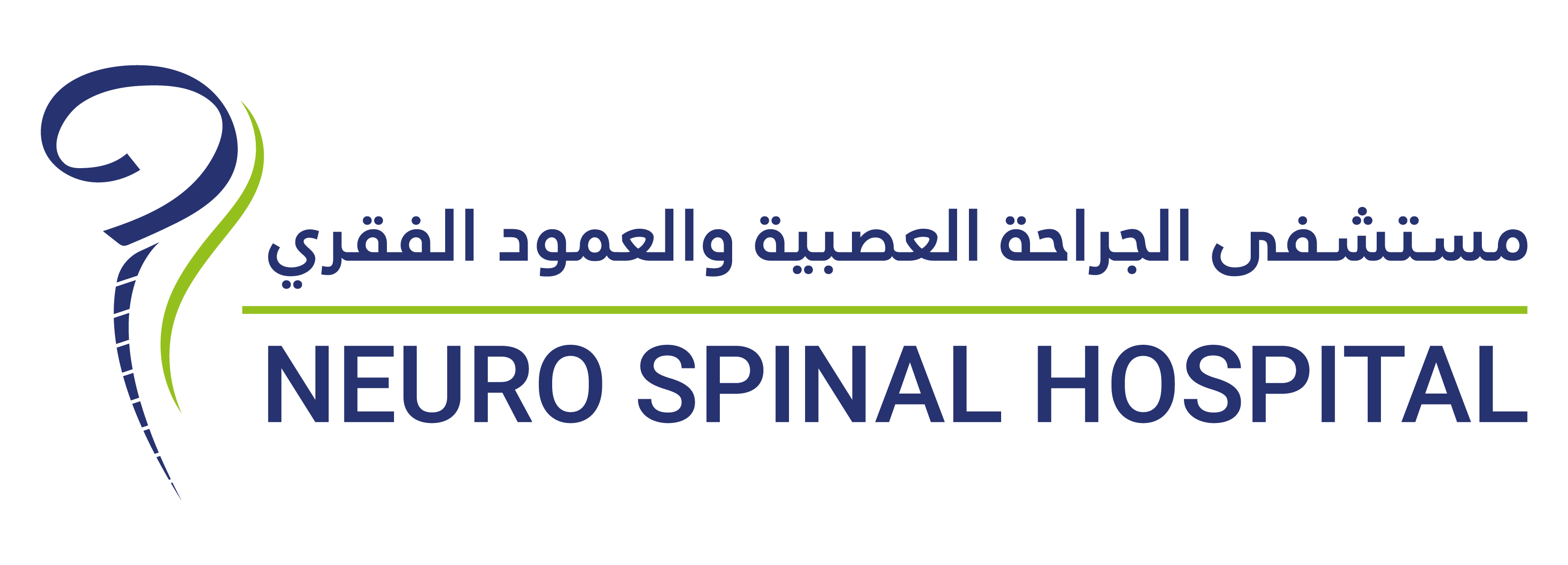Anti-seizure medications are usually the first line of treatment. Some people require lifelong treatment to control seizures, but for others, the seizures eventually go away.
Finding the right medication(s) and dosage can be complex. Your doctor will consider your condition, frequency of seizures, your age and other factors, such as other medications you are taking, when choosing which medication to prescribe.
Benefits of medication must be weighed against potential side effects, such as fatigue, dizziness or, more rarely, increased risk of depression or liver inflammation.
It is important to take medications exactly as prescribed and notify your doctor if you experience side effects.
If anti-epileptic medications do not provide satisfactory results, your doctor may suggest surgery or other therapies.
Apart from medications and surgery, therapies such as vagus nerve stimulation or deep brain stimulation may be helpful.
First Aid
If you witness someone having a seizure, do not try to restrain them or put your fingers or anything else in their mouth.
You can help by remaining calm and:
- Carefully rolling the person onto one side
- Placing something soft under his or her head
- Loosening tight neckwear
- If the person is moving, clearing away dangerous objects
- Staying with the person until medical personnel arrive
- Observing the person closely so that you can provide details on what happened
- Timing the seizures.






